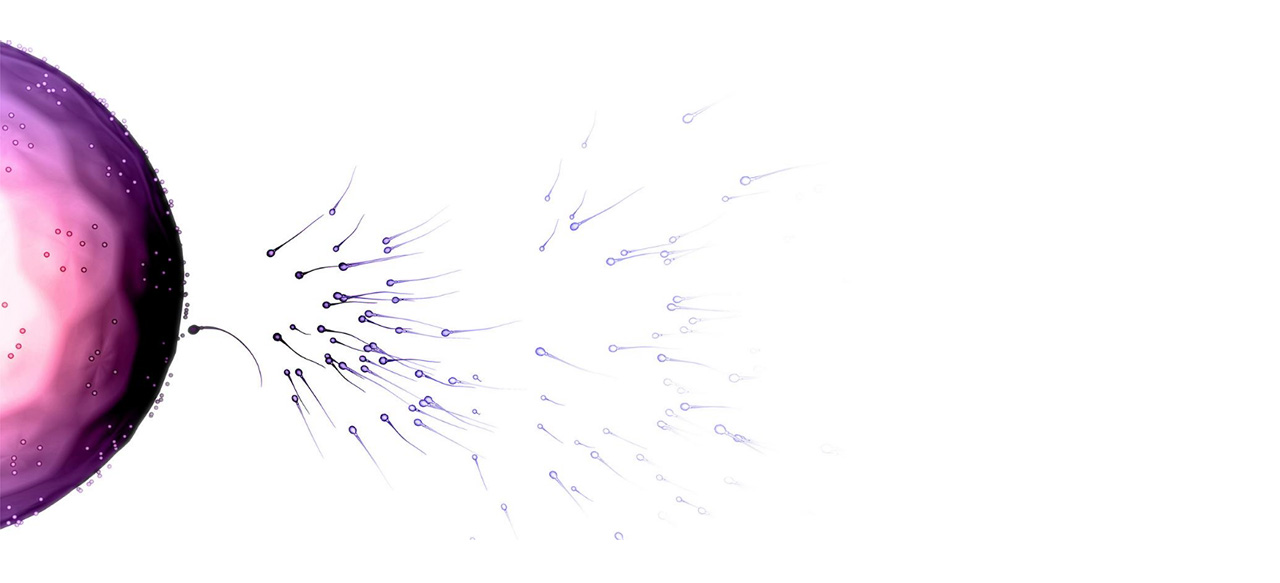Teratozoospermia: spotlight on the main genetic actors in the human.
Librarian's Comment : Assessment of sperm morphology represents a corner stone in routine work-up of male fertility disorders. Its diagnostic and prognostic value, however, remains a matter of ongoing debate. In this context, the comprehensive overview by Coutton et al. illustrates that beyond a purely descriptive approach, systematic analysis and classification of sperm pathology improves our understanding of specific features of spermatogenesis, i.e. underlying genetic and molecular defects. Moreover, these findings have a significant impact on counselling affected patients.
Published in :
Human reproduction update
Authors :
Coutton C, Escoffier J, Martinez G, Arnoult C, Ray PF
Abstract :
BACKGROUND: Male infertility affects >20 million men worldwide and represents a major health concern. Although multifactorial, male infertility has a strong genetic basis which has so far not been extensively studied. Recent studies of consanguineous families and of small cohorts of phenotypically homogeneous patients have however allowed the identification of a number of autosomal recessive causes of teratozoospermia. Homozygous mutations of aurora kinase C (AURKC) were first described to be responsible for most cases of macrozoospermia. Other genes defects have later been identified in spermatogenesis associated 16 (SPATA16) and dpy-19-like 2 (DPY19L2) in patients with globozoospermia and more recently in dynein, axonemal, heavy chain 1 (DNAH1) in a heterogeneous group of patients presenting with flagellar abnormalities previously described as dysplasia of the fibrous sheath or short/stump tail syndromes, which we propose to call multiple morphological abnormalities of the flagella (MMAF).
METHODS: A comprehensive review of the scientific literature available in PubMed/Medline was conducted for studies on human genetics, experimental models and physiopathology related to teratozoospermia in particular globozoospermia, large headed spermatozoa and flagellar abnormalities. The search included all articles with an English abstract available online before September 2014.
RESULTS: Molecular studies of numerous unrelated patients with globozoospermia and large-headed spermatozoa confirmed that mutations in DPY19L2 and AURKC are mainly responsible for their respective pathological phenotype. In globozoospermia, the deletion of the totality of the DPY19L2 gene represents ~ 81% of the pathological alleles but point mutations affecting the protein function have also been described. In macrozoospermia only two recurrent mutations were identified in AURKC, accounting for almost all the pathological alleles, raising the possibility of a putative positive selection of heterozygous individuals. The recent identification of DNAH1 mutations in a proportion of patients with MMAF is promising but emphasizes that this phenotype is genetically heterogeneous. Moreover, the identification of mutations in a dynein strengthens the emerging point of view that MMAF may be a phenotypic variation of the classical forms of primary ciliary dyskinesia. Based on data from human and animal models, the MMAF phenotype seems to be favored by defects directly or indirectly affecting the central pair of axonemal microtubules of the sperm flagella.
CONCLUSIONS: The studies described here provide valuable information regarding the genetic and molecular defects causing infertility, to improve our understanding of the physiopathology of teratozoospermia while giving a detailed characterization of specific features of spermatogenesis. Furthermore, these findings have a significant influence on the diagnostic strategy for teratozoospermic patients allowing the clinician to provide the patient with informed genetic counseling, to adopt the best course of treatment and to develop personalized medicine directly targeting the defective gene products.









